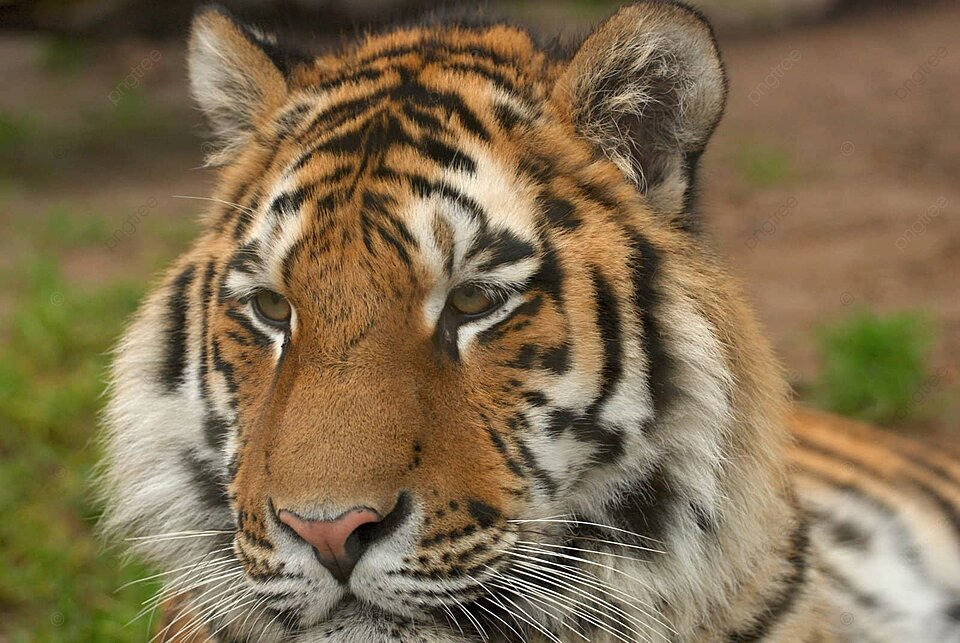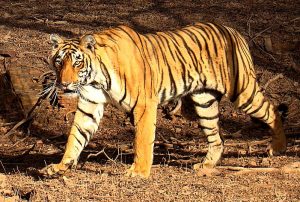
The Asian tiger, scientifically known as Panthera tigris, stands as the largest feline species and is currently facing the looming threat of extinction. Primarily found across the vast continent of Asia, these majestic creatures include subspecies such as the Bengal tiger, Siberian tiger, and Sumatran tiger, each facing unique challenges to their survival.
Physical Characteristics: The Asian tiger is characterized by its powerful build, distinctive orange coat with black stripes, and white underbelly. Adult males can weigh up to 660 pounds (300 kilograms) and measure over 10 feet (3 meters) in length, making them the largest of all wild cats. Their iconic appearance and formidable presence have earned them a place of reverence and awe in cultures across Asia.



Habitat and Distribution: Historically, Asian tigers roamed across a wide range of habitats, including tropical forests, grasslands, and mangrove swamps. However, due to habitat loss, fragmentation, and human encroachment, their distribution has become increasingly limited. Today, Asian tigers are primarily found in fragmented pockets of wilderness in countries such as India, Russia, and Indonesia.
Subspecies and Conservation Status: The Asian tiger is divided into several subspecies, each adapted to its unique habitat and facing specific conservation challenges. The Bengal tiger (Panthera tigris tigris), found primarily in India and Bangladesh, is the most numerous subspecies but is classified as endangered due to poaching and habitat loss. The Siberian tiger (Panthera tigris altaica), also known as the Amur tiger, is found in the Russian Far East and is critically endangered due to poaching and habitat fragmentation. The Sumatran tiger (Panthera tigris sumatrae) is found on the Indonesian island of Sumatra and is critically endangered due to habitat loss and illegal trade.


Threats and Conservation Efforts: Asian tigers face a myriad of threats, including poaching for their skins and body parts, habitat loss due to deforestation and human development, human-wildlife conflict, and climate change. Conservation efforts aimed at protecting Asian tigers include the establishment of protected areas, anti-poaching patrols, community-based conservation initiatives, and international cooperation to combat wildlife trafficking. However, despite these efforts, the future of Asian tigers remains uncertain, and urgent action is needed to prevent their extinction.


Cultural Significance: Throughout history, Asian tigers have held cultural significance in many Asian societies, symbolizing power, strength, and royalty. Tigers feature prominently in folklore, mythology, and art, often depicted as guardians and protectors. However, as human populations continue to expand and natural habitats disappear, the survival of these magnificent creatures hangs in the balance.
Conclusion: The Asian tiger, with its majestic beauty and symbolic significance, serves as a powerful ambassador for the conservation of wildlife and habitats across Asia. As custodians of the planet, it is our collective responsibility to take action to protect and preserve these iconic creatures for future generations to admire and cherish. Only through concerted efforts and international cooperation can we ensure the survival of the Asian tiger and safeguard the rich biodiversity of our planet.




